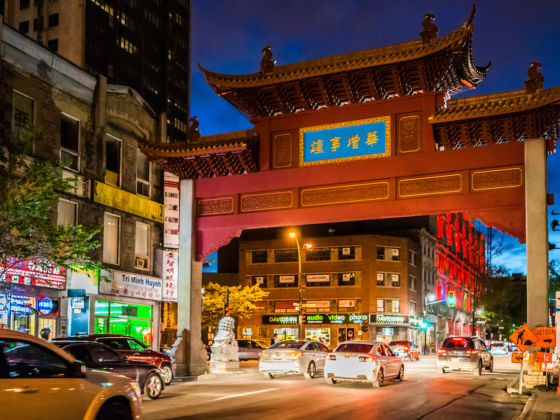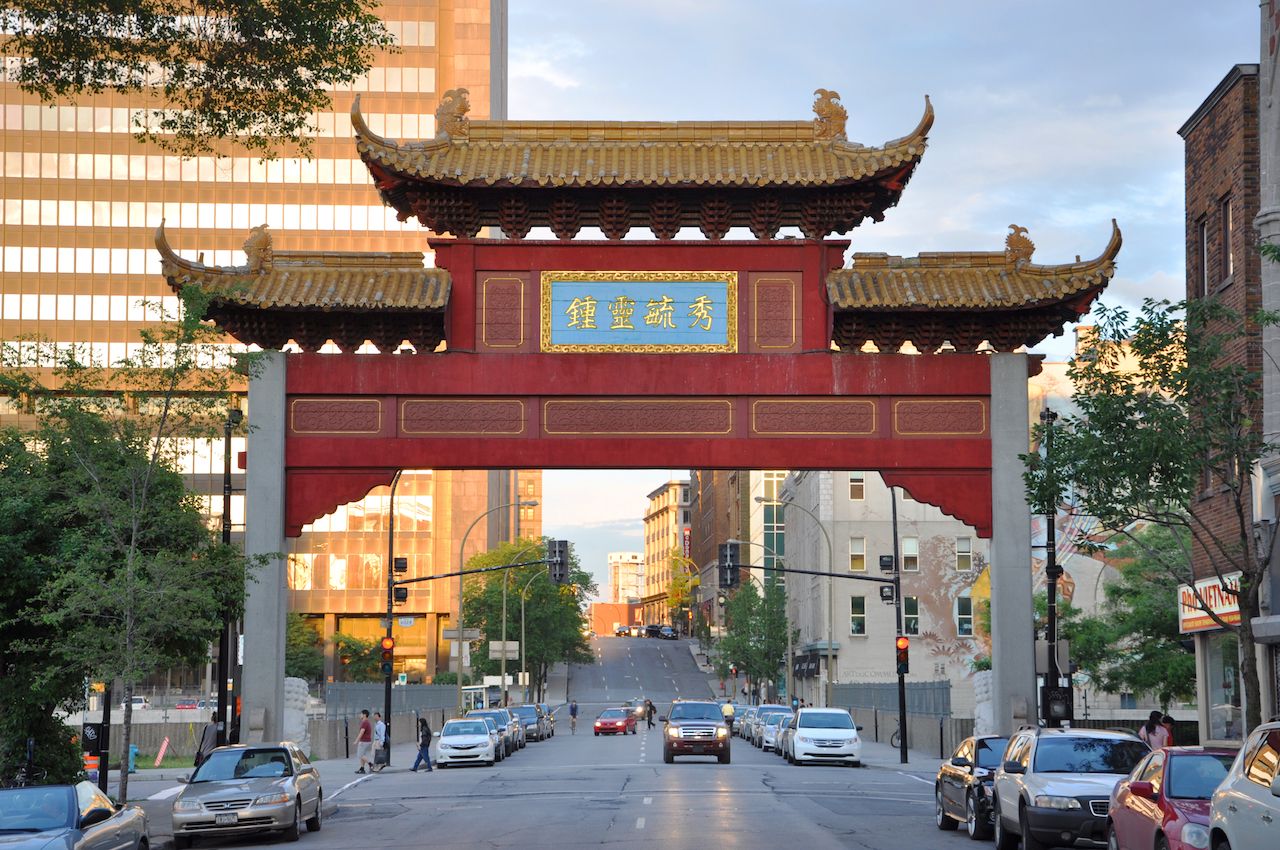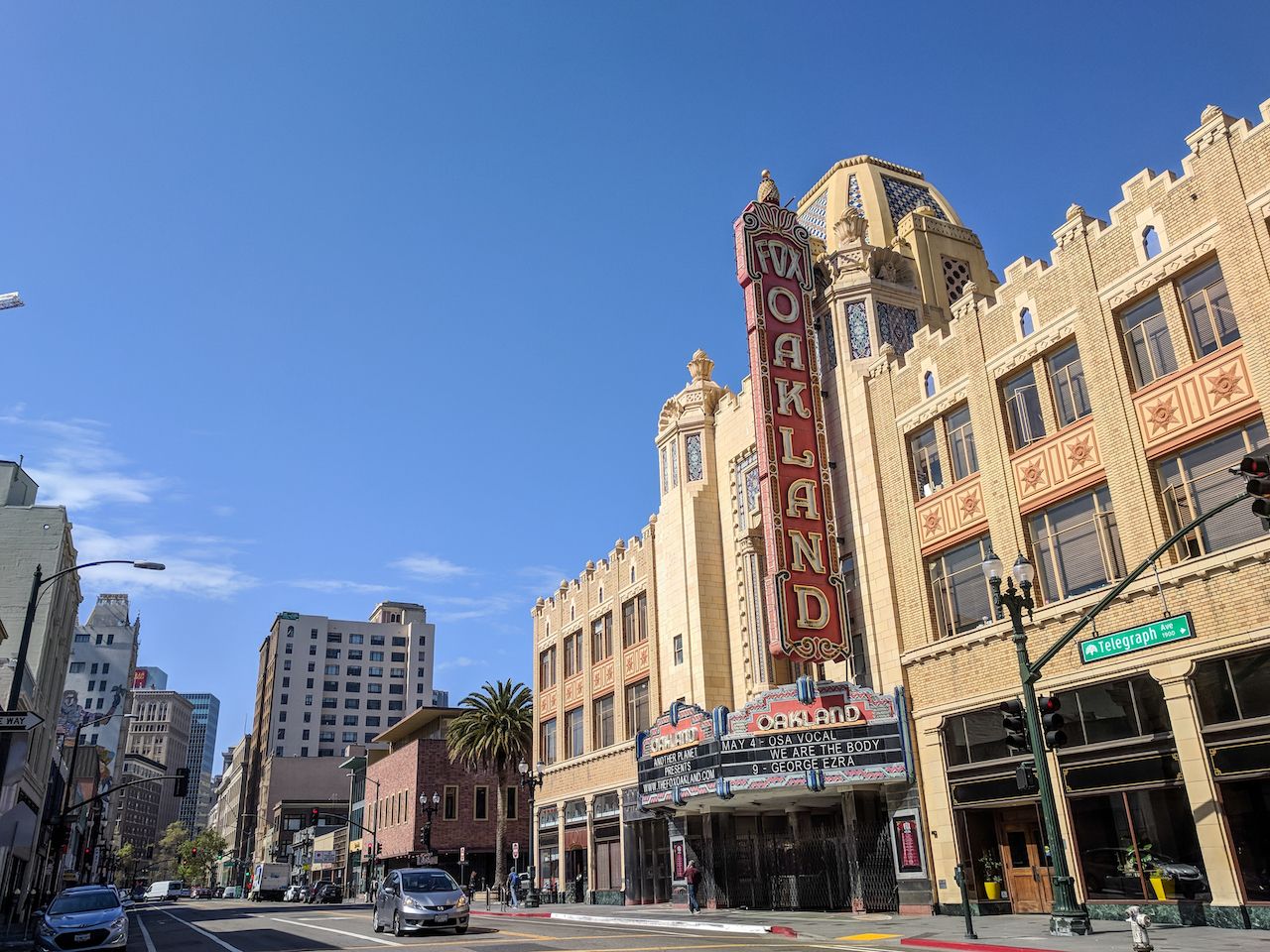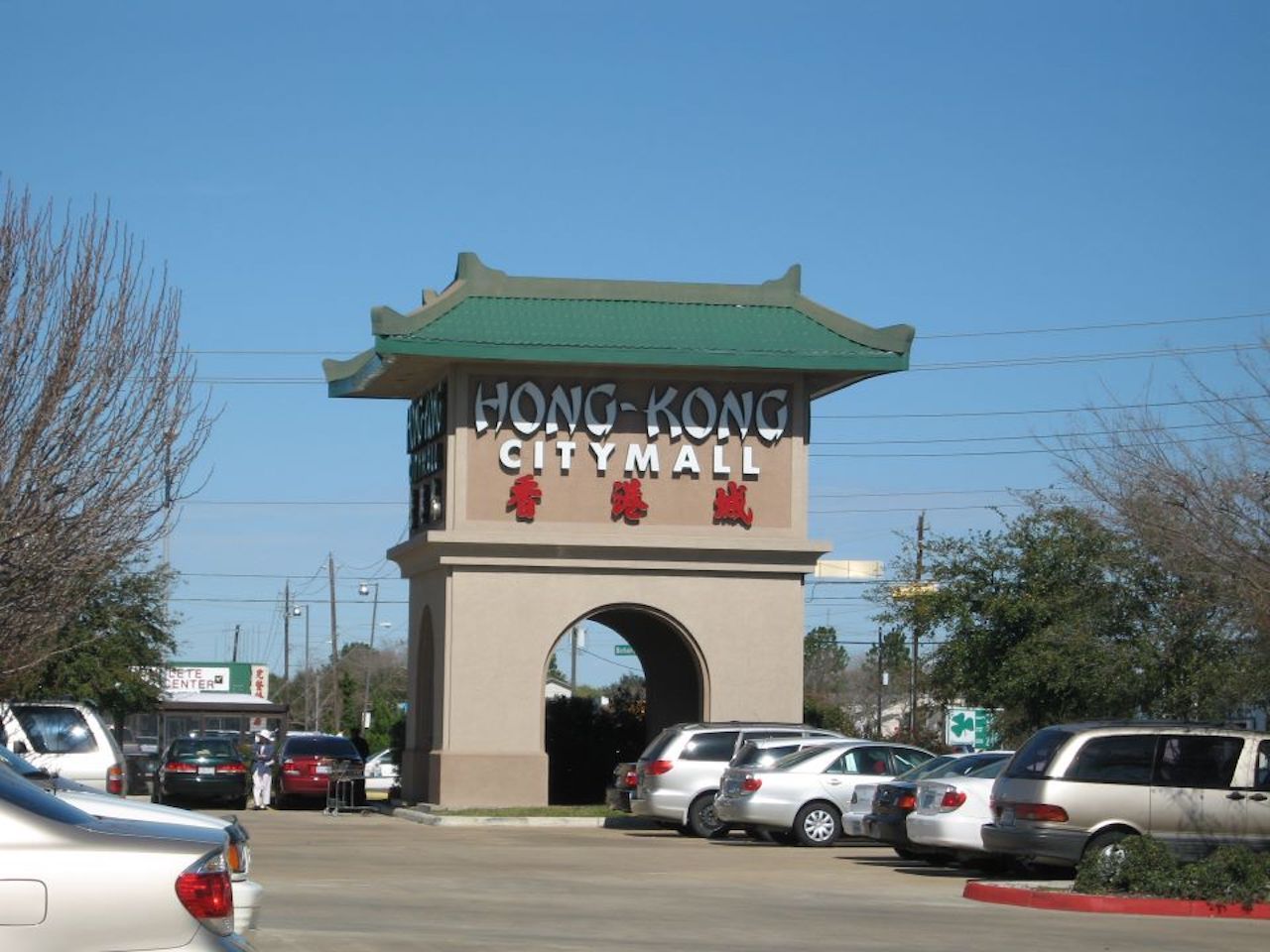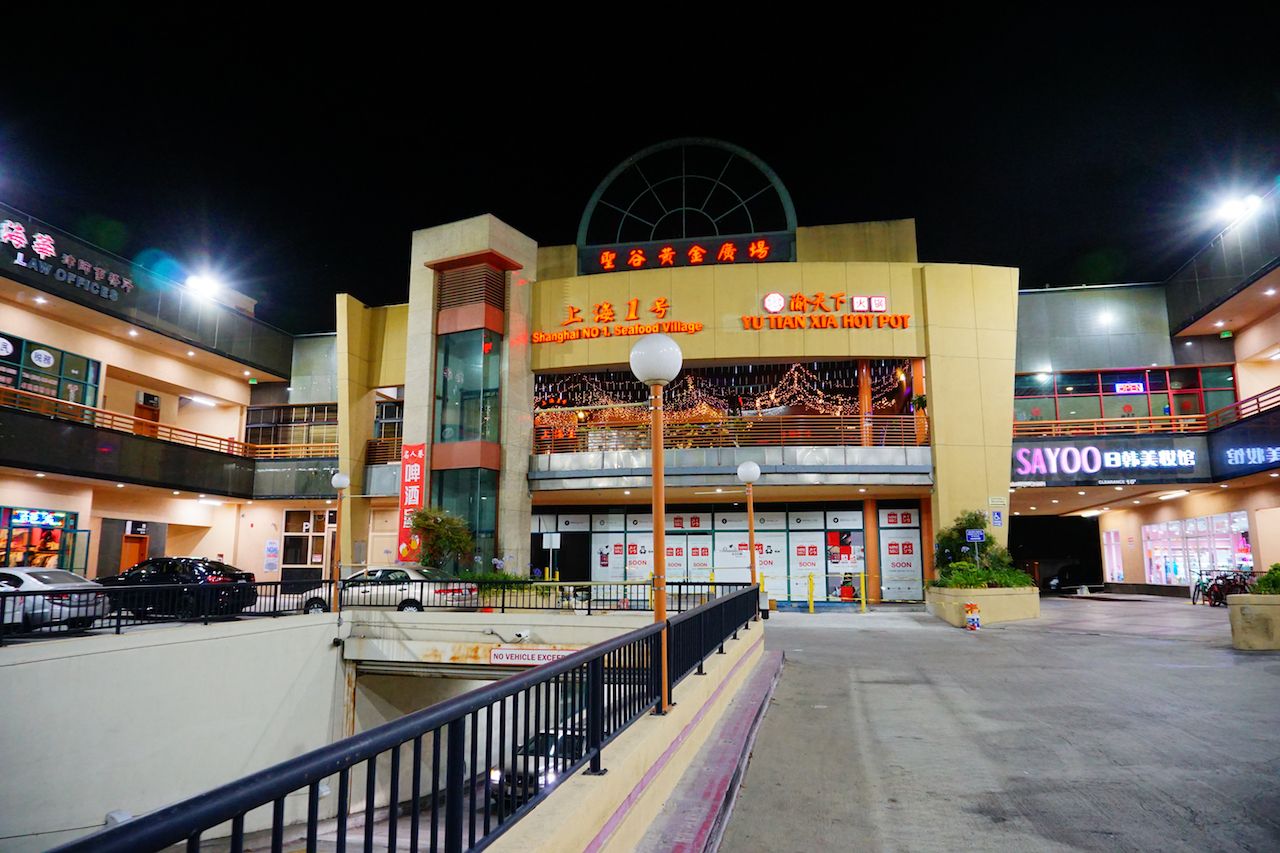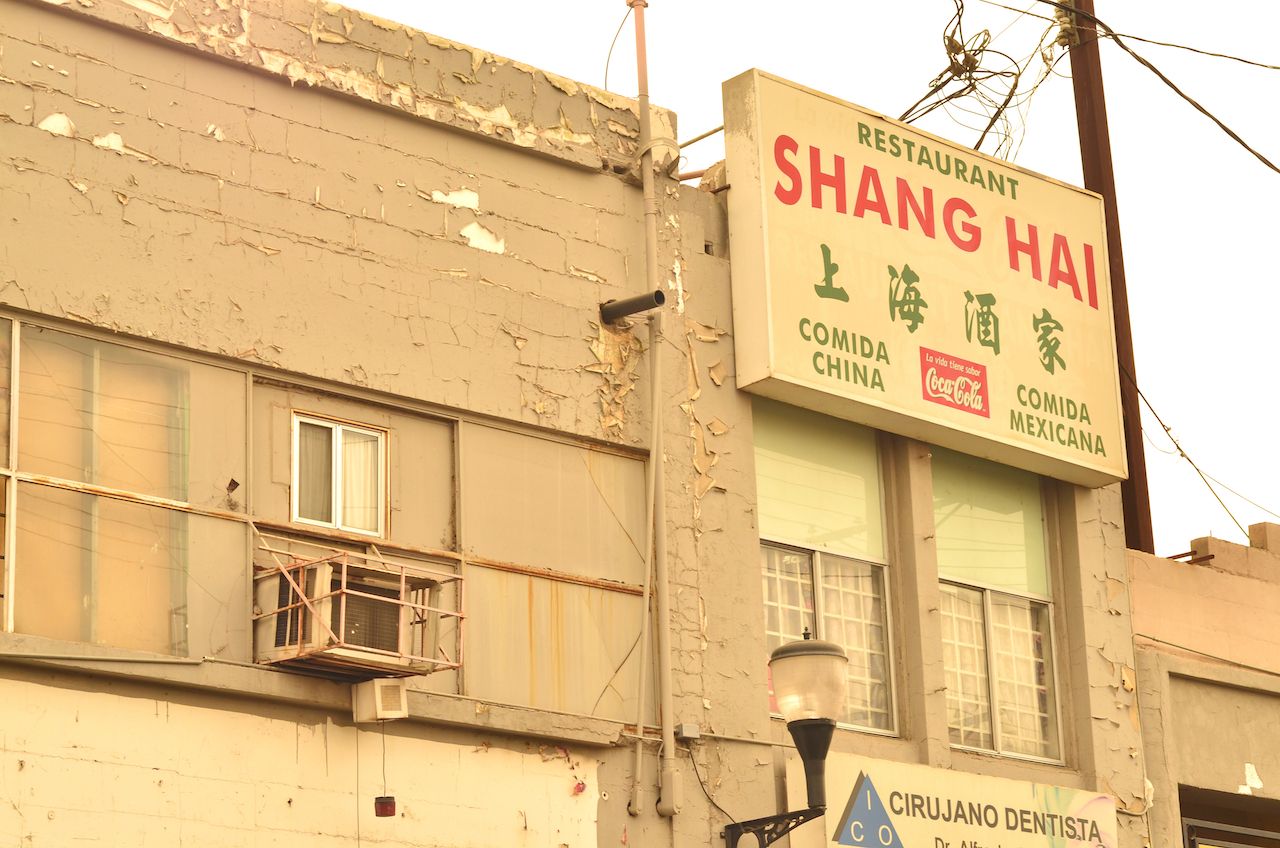There’s a certain generic image that’s associated with the word Chinatown. The neighborhoods can be found around the world and have, in many ways, made the switch from immigrant communities to full-blown tourist attractions. Chinatowns in places like San Francisco, New York, Chicago, and LA are prime examples.
But Chinatowns aren’t limited to what you see in the movies. True Chinatowns also exist, oftentimes in unexpected places like tiny farm towns and French-speaking cities north of the border. Here are 10 Chinatowns around North America you might not have known existed.
